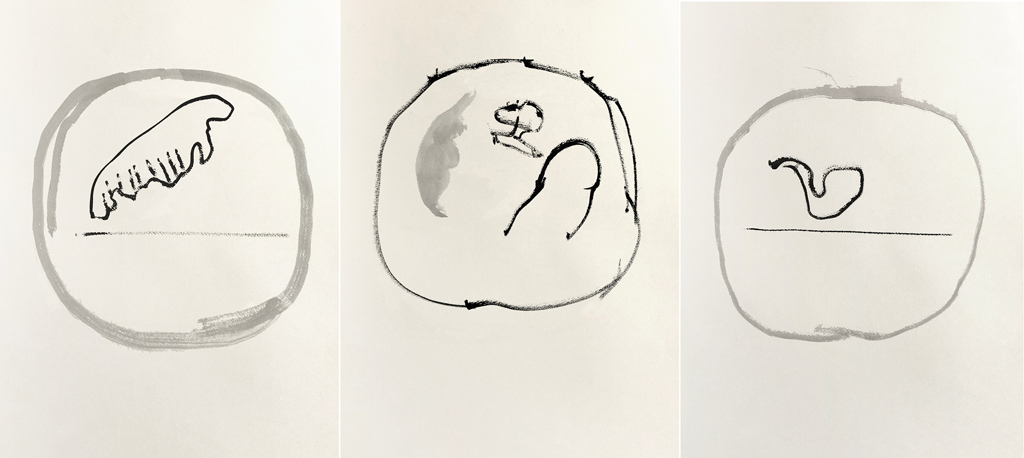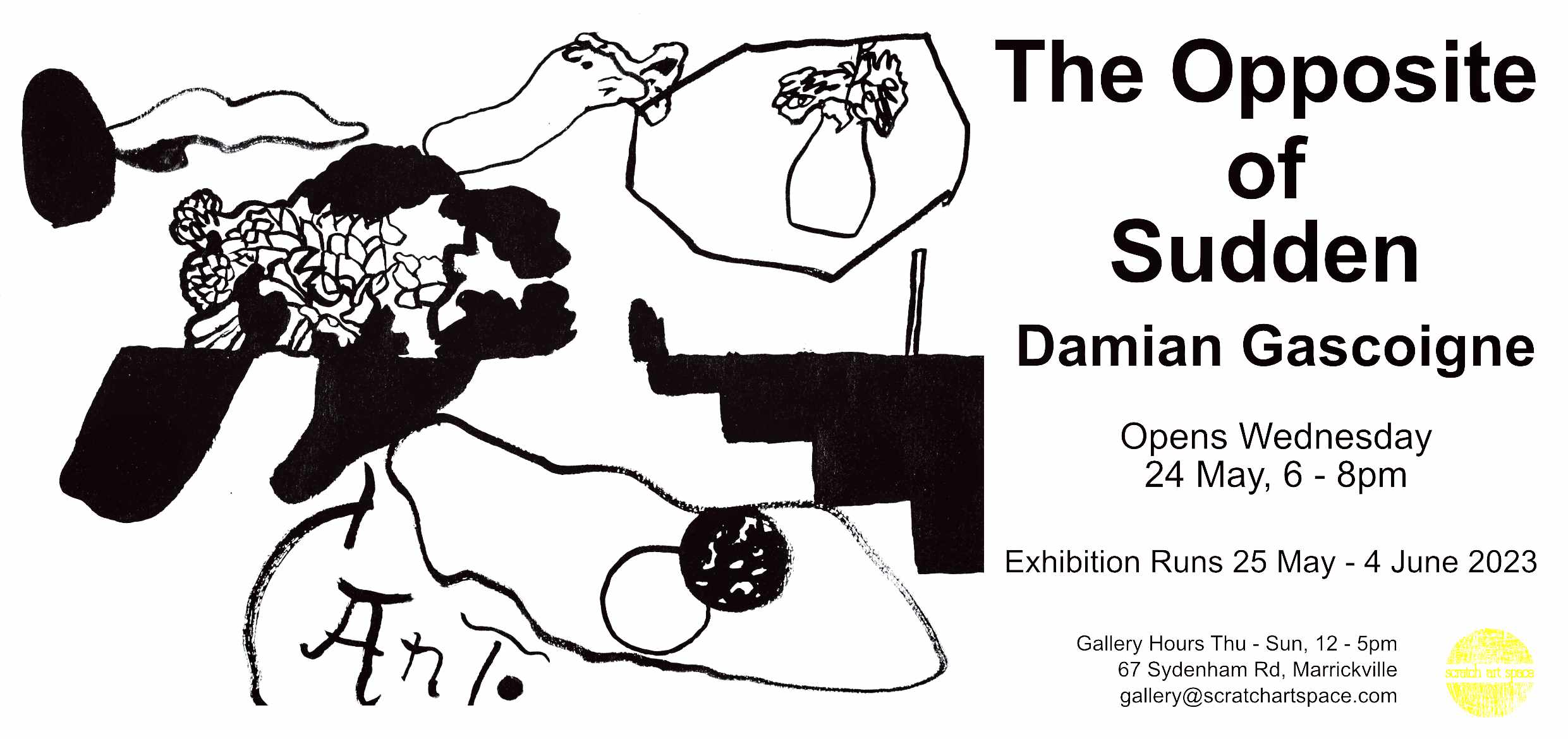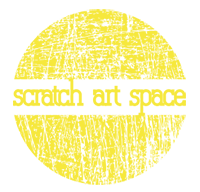
Sydney Exhibition
Damian Gascoigne
Opens Wednesday 24 May, 6 – 8pm
Runs 25 May – 4 June
Originally from London Damian Gascoigne studied firstly Fine Art at the Wimbledon School of Art, London, then Animation at Kingston University, and finally a PhD at RMIT, Melbourne. Over that time Damian has made an interesting transition from drawing to animation and through academic study back again to drawing into a much more gestural, performative mode of working.
You can find Damian’s animated works here and his Instagram account here.
Artist Statement
This body of work springs from my practice-led PhD at RMIT, ‘The Opposite of Sudden.’ The title describes the dilemma of movement in drawing and movement in drawing for animation. In traditional drawn animation, the dynamic elasticity and sudden shifts of direction which characterize its movements are the product of a careful, methodical drawn stillness. Rough gesture and energy in the drawing process are ironed out for the sake of continuity of action.
Exploring this contradiction between physical drawing and controlled animation, I was asking what would happen if I abandoned control and let drawn movement be itself? I looked to Buddhist ideas of ‘non-attachment’ and ‘non-duality’ to inform this investigation. Buddha tells us “Nothing should be clung to as ‘I’ or ‘Mine.’” This concept really struck me- what a challenge to the artist’s embedded desire to own, judge and improve one’s work.
My visual language falls somewhere between cursive Chinese calligraphy and unresolved figural fragments; a form of what Paul Klee called ‘picture writing,’. I sample and combine borrowed images- from Hasegawa’s Pine Trees, Hiroshige’s woodblocks, Miro, Calder, Caulfield- mixing them with my own collected drawings and photographs. As ideas of attachment loosen, the borders between yours and mine become increasingly porous.
I draw in two distinct modes. In performative mode, I make gestural brush drawings, working faster than I can judge. I use stenciled circles to bound my energy or draw across folds of paper; unfolding the pages I accept the mismatched results. Then, in meditative mode I painstakingly re-trace the original wild drawings or draw only the negative space; fast becomes slow, careless became careful, positive becomes negative, neither better nor worse. Using these two modes of drawing in tandem, my view of the work becomes less dual, less preferred.
Every PhD contains a hidden story. On this long journey, so ably supported by supervisors Marsha Berry and Dan Torre, something unexpected happened to my practice. I fell back in love with drawing while falling out of love with digital making. My drawings expanded in scale, from the A4 size suitable for making hundreds of images, upwards to A3, A2, A1 and beyond. As these impractical ‘follies’ multiplied, something became apparent to me. After 20 years making digital animation, I no longer wanted to spend countless hours nudging pixels around a screen, where one decision was much like another. I was returning my body and my movement to making, taking a long walk back to analogue drawing practice.
Damian Gascoigne May 2023


